Language
WORLDWIDE SHIPPING
DualTemp Pro Thermometer infrared and Probe
was
€110.00
Special Price
€104.00
€85.25
Availability:
Out of stock
The thermometer is a non-contact infrared thermometer, also with Probe themometer. You can select only one Mode at the same time but can change on Mode at will.
Measuring the core temperature or the surface temperature
of food. For measuring the surface temperature (e.g. food
packaging) you are using the infrared sensor and with the
immersion probe you are able to measure the core
temperature.
Technical Data:
Measuring range -33°C...+220°C (Infrared)
-55°C...+330°C (Imersion-thermocouple)
Accuracy +-1°C or 1%
Response time Appr. 500 ms
Working temperature 0...50°C
Storage temperature -20...50°C
Emissivity adjustable 0.10...1.0
Distance: Spot size 3 : 1
Power supply 2 x AAA size
Housing Plastic
Dimensions 22 x 38 x 190 mm
Weight 98g
Features - C°/F°- switchable
- MaxMin-memory
- Automatic Hold
- Lock-mode for continues measurements
- IP65 waterproofed
Measuring the core temperature or the surface temperature
of food. For measuring the surface temperature (e.g. food
packaging) you are using the infrared sensor and with the
immersion probe you are able to measure the core
temperature.
Technical Data:
Measuring range -33°C...+220°C (Infrared)
-55°C...+330°C (Imersion-thermocouple)
Accuracy +-1°C or 1%
Response time Appr. 500 ms
Working temperature 0...50°C
Storage temperature -20...50°C
Emissivity adjustable 0.10...1.0
Distance: Spot size 3 : 1
Power supply 2 x AAA size
Housing Plastic
Dimensions 22 x 38 x 190 mm
Weight 98g
Features - C°/F°- switchable
- MaxMin-memory
- Automatic Hold
- Lock-mode for continues measurements
- IP65 waterproofed
FAQs

 IT
IT FR
FR
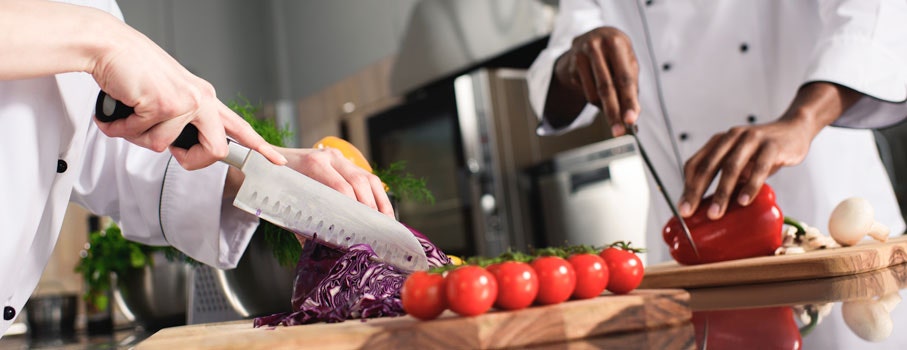
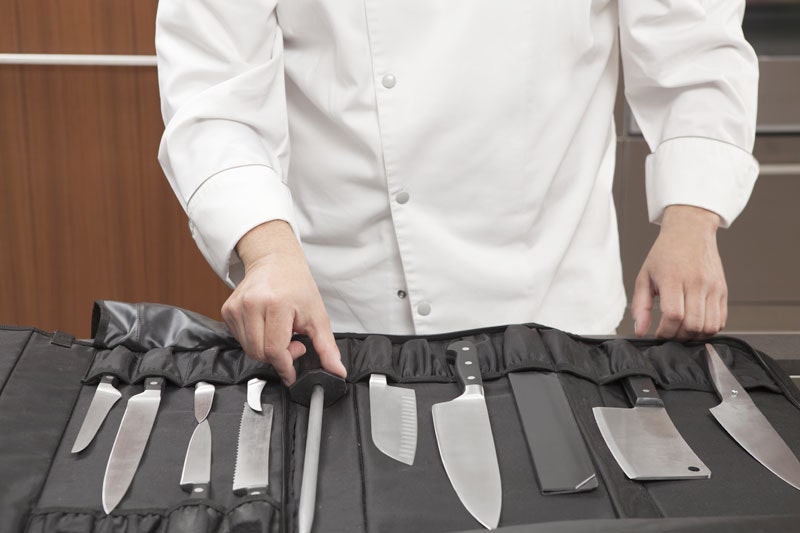
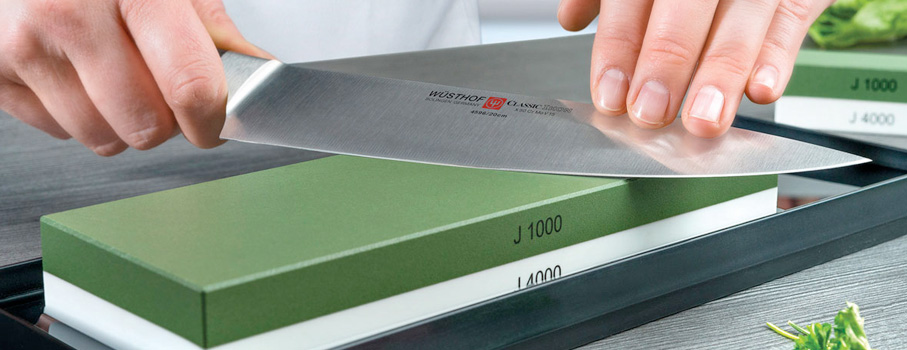
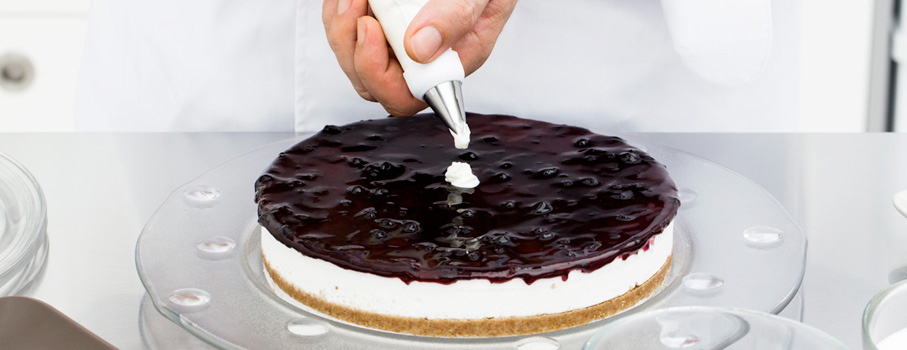

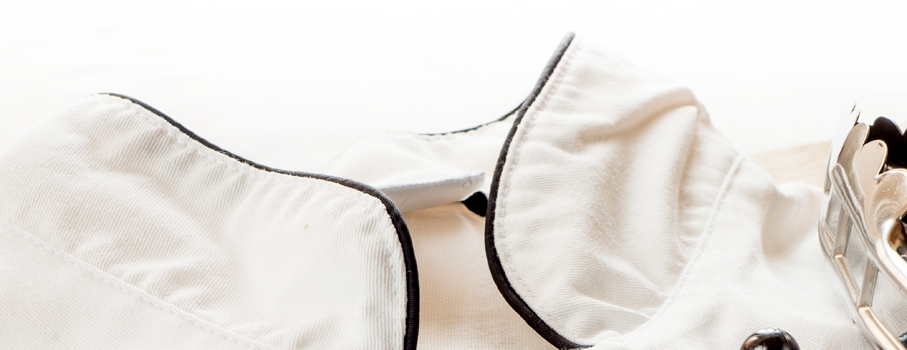
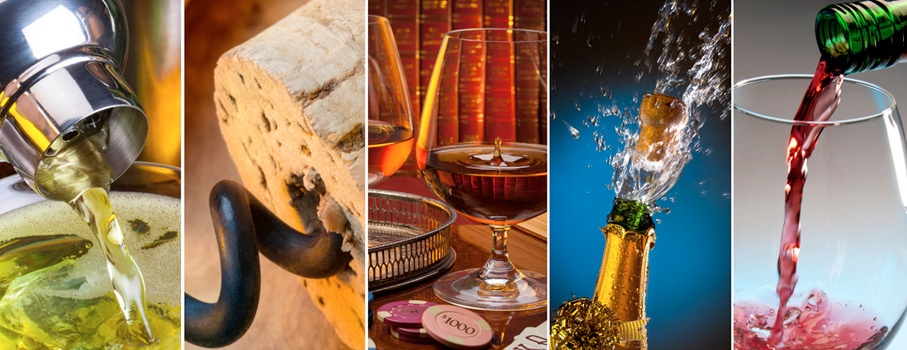
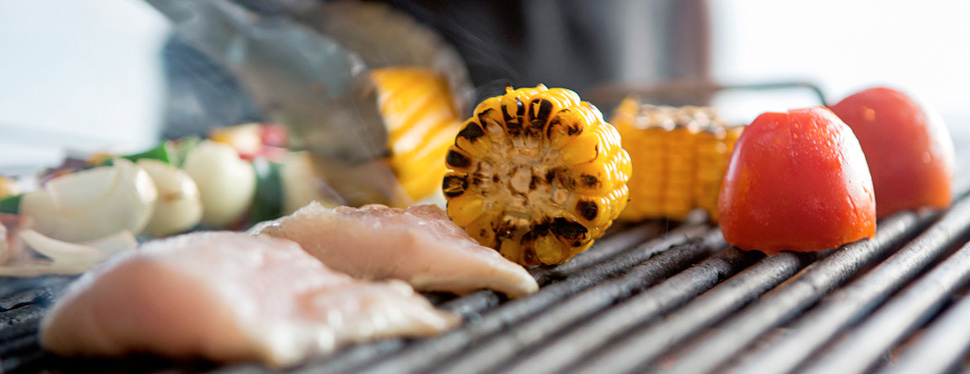

 IT
IT FR
FR
